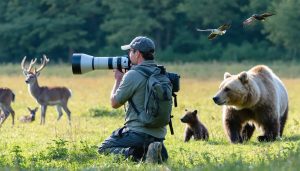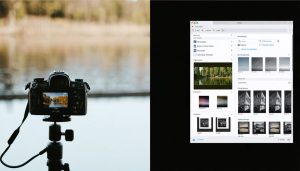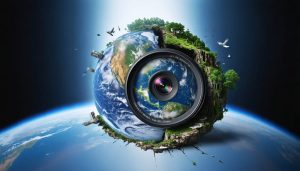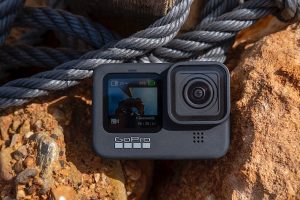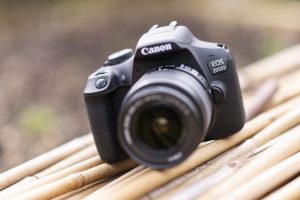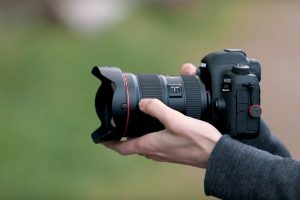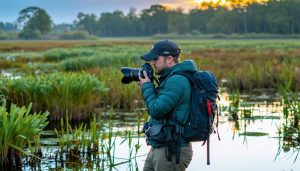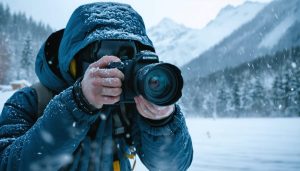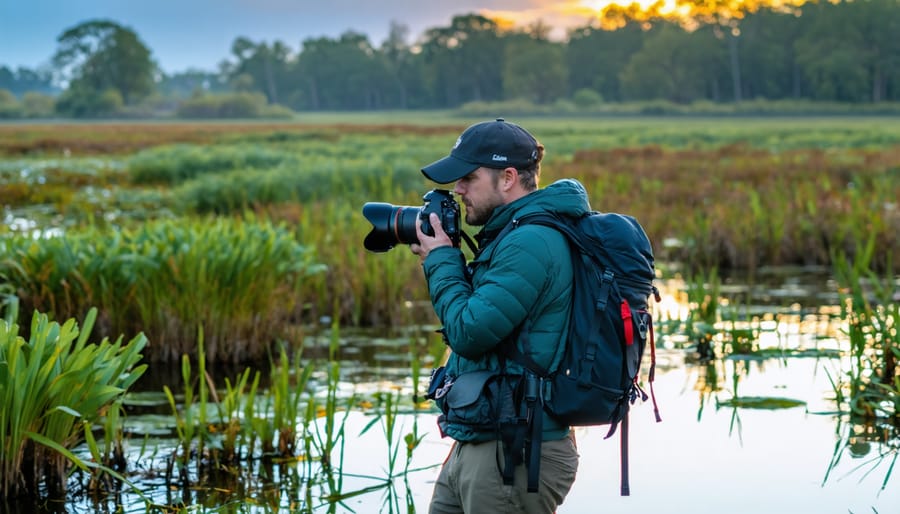
Venture into America’s natural treasures through the Department of Environmental Conservation (DEC) – a vital government agency safeguarding our wilderness while creating unique opportunities for environmental photojournalism and outdoor photography. Operating at both state and federal levels, DECs serve as the guardians of our public lands, managing everything from pristine wilderness areas to urban green spaces. These agencies not only protect wildlife and regulate natural resources but also provide photographers with unparalleled access to protected landscapes, rare species, and conservation projects.
For photographers, DECs offer more than just beautiful locations – they’re gateways to telling powerful environmental stories through images. Whether you’re documenting conservation efforts, capturing wildlife in protected habitats, or showcasing the impact of climate change, understanding how to work with these agencies is crucial for creating meaningful environmental imagery. From permit requirements for commercial shoots to special access during conservation projects, DECs shape how we capture and share our natural world’s most compelling stories.
What is a Department of Environmental Conservation?
Key Functions and Responsibilities
The Department of Environmental Conservation (DEC) carries out a diverse range of essential functions to protect and manage natural resources. At its core, the DEC oversees wildlife management programs, ensuring healthy populations of native species while controlling invasive ones. This includes monitoring endangered species, managing hunting and fishing regulations, and implementing conservation strategies.
Land preservation forms another crucial aspect of DEC operations. The department maintains state forests, parks, and wilderness areas, ensuring these spaces remain pristine for future generations while balancing public access needs. They also oversee land acquisition programs and establish conservation easements to protect critical habitats.
Permit issuance and regulation enforcement represent significant responsibilities. The DEC processes permits for activities ranging from construction projects to scientific research, ensuring compliance with environmental laws. They also monitor air and water quality, investigate environmental violations, and coordinate emergency responses to environmental incidents.
Education and public outreach play vital roles, with DECs organizing workshops, maintaining nature centers, and developing educational materials. They also collaborate with local communities, environmental organizations, and other government agencies to implement conservation initiatives and address environmental challenges effectively.

State vs. Federal Environmental Agencies
State Departments of Environmental Conservation work in partnership with federal agencies, primarily the Environmental Protection Agency (EPA), to protect natural resources and enforce environmental regulations. While the EPA establishes national standards and guidelines, state DECs implement and enforce these regulations at the local level, often tailoring them to address specific regional concerns.
State DECs maintain close communication with the EPA and other federal agencies like the U.S. Fish and Wildlife Service and the National Park Service. This collaborative relationship allows for more effective environmental protection, as state agencies have intimate knowledge of local ecosystems and challenges, while federal agencies provide broader oversight and resources.
Think of it as a partnership where federal agencies set the minimum standards, but state DECs can implement stricter regulations if needed. For example, while the EPA might set baseline water quality standards, a state DEC might establish more stringent requirements based on local conditions or specific wildlife needs. This tiered approach ensures comprehensive environmental protection while allowing flexibility for state-specific conservation efforts.
Working with DECs as a Photographer
Obtaining Photography Permits
When planning to photograph in areas managed by the Department of Environmental Conservation (DEC), obtaining the proper permits is essential for both professional and amateur photographers. For casual photography intended for personal use, most DEC-managed areas don’t require special permits. However, commercial photography, including professional portraits, wedding photography, or any images intended for sale, typically requires specific authorization.
To obtain a photography permit, start by visiting your state’s DEC website or local office at least 30 days before your planned shoot. Most applications require detailed information about your project, including the intended location, date and time, number of participants, and any equipment you plan to bring. Fees vary by state and project scope, ranging from $25 for small shoots to several hundred dollars for larger commercial productions.
Some locations may have additional restrictions or requirements, particularly in environmentally sensitive areas or during specific seasons. For instance, wildlife photography might require special consideration during breeding seasons, and some areas may restrict the use of artificial lighting or large equipment setups.
Remember that holding a photography permit doesn’t exempt you from other regulations. You’ll still need to follow standard park rules, including staying on designated trails, maintaining appropriate distances from wildlife, and adhering to park hours. Many DECs also require photographers to carry liability insurance and sign waivers acknowledging their responsibility to protect natural resources while shooting.
Access to Protected Locations
Accessing DEC-managed locations for photography requires understanding and following specific guidelines to protect both the environment and wildlife. Most DEC areas are open to the public during daylight hours, but photographers should always check local regulations and obtain necessary permits before shooting.
When photographing in these protected areas, it’s essential to follow proper wildlife photography ethics to minimize impact on natural habitats. Stay on marked trails, maintain safe distances from wildlife, and avoid disturbing nesting areas or sensitive ecosystems.
Many DEC locations require special permits for commercial photography or filming. These permits typically need to be obtained in advance and may involve fees. For casual nature photography, a general access permit or day-use pass is usually sufficient. Some locations may have seasonal restrictions or designated photography areas to protect sensitive species during breeding seasons.
Photography is generally allowed in most public access areas, but some locations may have specific rules about tripod use, drone photography, or flash photography. It’s recommended to contact your local DEC office before planning extensive photo shoots, especially if you plan to photograph in restricted areas or during off-hours. This ensures compliance with regulations and helps preserve these natural spaces for future generations of photographers.
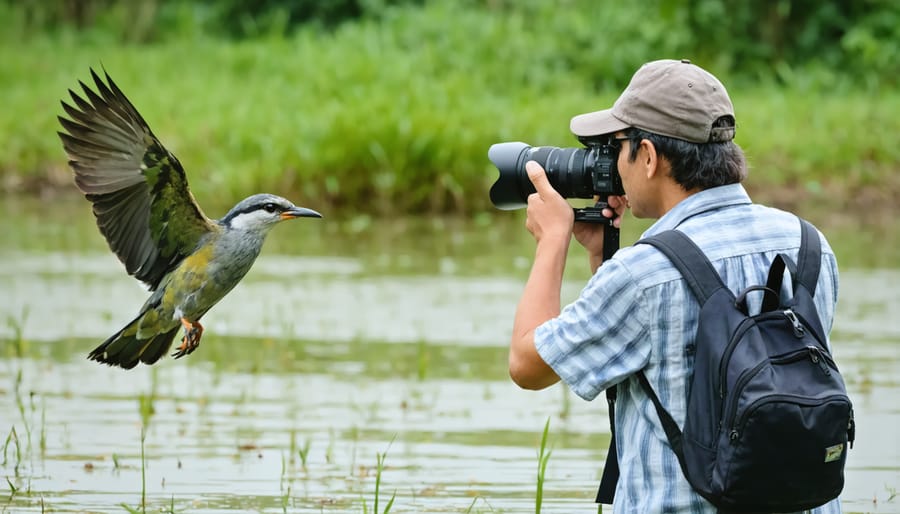
Photography Opportunities Through DECs
Wildlife Photography Programs
The Department of Environmental Conservation offers specialized access programs designed specifically for wildlife photographers, providing unique opportunities to capture stunning images of protected species and habitats. These programs typically include special permits that allow photographers to enter restricted areas during optimal lighting conditions and peak wildlife activity periods.
Many DECs have established photographer registration systems, where approved photographers can obtain seasonal passes for early morning or late evening access to wildlife management areas. These passes often come with specific guidelines to ensure both photographer safety and wildlife protection, such as maintaining minimum distances from nesting sites and using appropriate equipment that won’t disturb the animals.
Some notable photography programs include guided photo tours led by DEC naturalists, workshops on ethical wildlife photography practices, and exclusive access to wildlife blinds strategically placed throughout conservation areas. These blinds offer photographers the perfect vantage points for capturing intimate moments of wildlife behavior without causing disturbance.
Photographers can also participate in citizen science initiatives through these programs, where their images contribute to wildlife population monitoring and habitat assessment efforts. This collaboration between photographers and conservation scientists helps document species behavior, migration patterns, and habitat use while creating opportunities for stunning photography.
To participate, photographers typically need to complete an application process, demonstrate their understanding of wildlife ethics, and sometimes attend orientation sessions. Many programs are offered at minimal cost to encourage participation and support conservation efforts through photography.
Conservation Documentation Projects
Photography plays a vital role in modern conservation efforts, and DECs across the country offer numerous opportunities for photographers to contribute meaningfully to environmental protection. Following in the footsteps of environmental photography pioneers, today’s photographers can participate in various documentation projects that serve both scientific and public awareness purposes.
Many DECs maintain citizen science programs where photographers can submit images of wildlife, plant species, and habitat conditions. These visual records help track environmental changes, monitor species populations, and document the effects of conservation efforts. Popular projects include seasonal wildlife surveys, invasive species monitoring, and habitat restoration documentation.
Photographers can also contribute to specific DEC initiatives like before-and-after documentation of restoration projects, wildlife migration patterns, and the impact of climate change on local ecosystems. These images not only serve as valuable scientific data but also help agencies communicate their work to the public and secure funding for future conservation efforts.
To get involved, photographers should contact their local DEC office about current documentation needs and volunteer opportunities. Many departments offer training sessions and guidelines for capturing scientifically useful images while maintaining creative expression. Some even provide special access permits for photographers participating in official documentation projects, allowing unique opportunities to capture otherwise restricted areas or sensitive species.
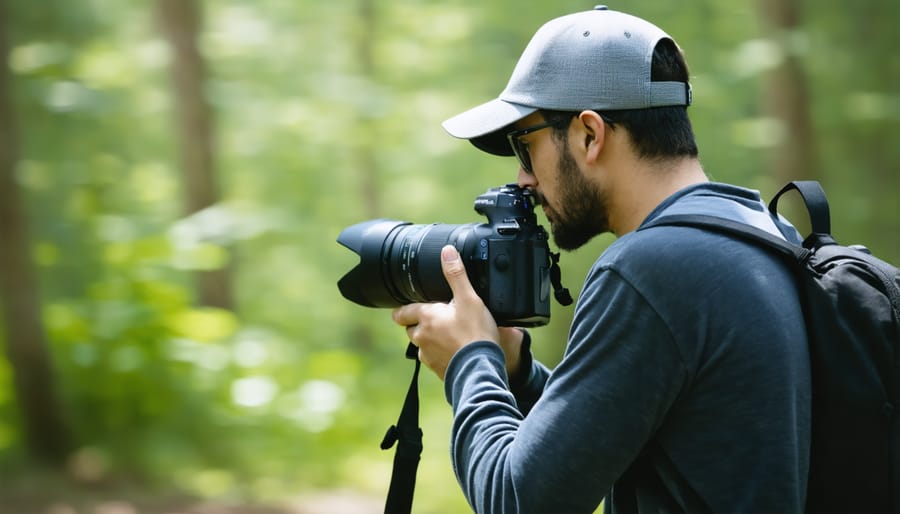
Building Professional Relationships with DECs
Building a strong professional relationship with your local Department of Environmental Conservation can open doors to unique photography opportunities while ensuring you operate within established guidelines. Start by introducing yourself through official channels – many DECs have photography permit offices or public relations departments that serve as excellent first points of contact.
Regular attendance at DEC-sponsored events and workshops demonstrates your commitment and helps you network with staff members. Consider volunteering for conservation projects or offering to document events, as this shows your dedication to supporting ethical photography practices and environmental preservation.
Maintain professional communication by:
– Following proper channels for permits and access requests
– Respecting staff time and departmental procedures
– Sharing your published work that features DEC-managed areas
– Staying updated on changing regulations and guidelines
– Offering constructive feedback when requested
Consider joining local conservation photography groups that already have established relationships with the DEC. These connections can provide invaluable insights into working effectively with the department and understanding site-specific requirements.
Documentation is key – keep detailed records of your permits, correspondence, and any agreements made with DEC staff. This professional approach helps build trust and makes future interactions smoother. Remember that DEC staff are often passionate about conservation themselves – showing genuine interest in their work and mission can lead to lasting professional relationships that benefit both parties.
When reaching out, be specific about your goals and how your photography can support the DEC’s mission. Whether it’s documenting wildlife, capturing conservation efforts, or showcasing natural areas, clearly articulate how your work aligns with their objectives while demonstrating respect for the environment and regulations they protect.
As photographers, we have a unique opportunity to showcase the beauty of our natural environment while playing a crucial role in its conservation. The Department of Environmental Conservation serves as both a guardian of our natural resources and a valuable partner for photographers seeking to capture the essence of our environment.
Through our exploration of DEC’s functions and services, we’ve seen how these agencies protect wildlife, manage public lands, and create opportunities for photographers to document nature responsibly. Remember that obtaining proper permits, following guidelines, and respecting wildlife boundaries aren’t just legal requirements – they’re essential practices that help preserve the very subjects we aim to photograph.
Whether you’re capturing rare bird species in protected wetlands, documenting the changing seasons in state forests, or photographing conservation success stories, your work can contribute to environmental awareness and education. The stunning images you create can inspire others to appreciate and protect our natural heritage.
As you venture out with your camera, maintain a balance between getting the perfect shot and being a responsible steward of the environment. Consider joining DEC’s citizen science programs, where your photography skills can directly contribute to conservation efforts. By working alongside these agencies and following their guidelines, we can ensure that future generations of photographers will have the same opportunities to capture nature’s wonders.
Remember, great nature photography isn’t just about the final image – it’s about preserving the moment while protecting the subject for years to come.



